1. Solid Core Interior Doors
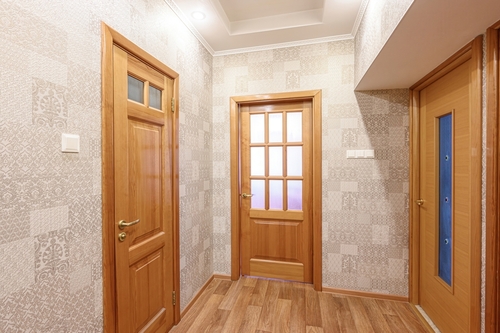
If you knock on an interior door and it sounds hollow, that’s a sign of a cost-cutting measure. Solid core doors are heavier, reduce noise transfer, and resist warping over time. They’re made with dense materials that help maintain shape and integrity even in humid climates. In contrast, hollow core doors can crack or delaminate more easily, showing a builder’s focus on price over quality.
The reason this detail matters is durability and longevity. Solid core doors don’t just feel sturdier—they actually last longer and contribute to the overall stability of the home. They also feel more substantial when closing, which is a subtle signal of craftsmanship. It’s a small but telling sign of whether quality was prioritized.
2. Deep Roof Overhangs
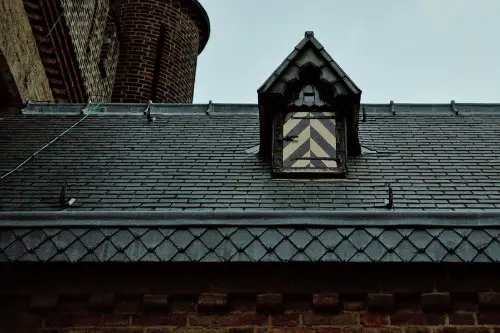
Homes with generous roof overhangs often age better because the extra shade protects siding, windows, and foundations from rain and sun damage. Even an additional foot of overhang can reduce how much water splashes near the foundation. That helps prevent erosion and moisture intrusion, two major culprits in long-term structural damage. In older homes, this was often standard practice; in newer budget builds, it’s sometimes skipped to save costs.
The reason overhangs matter is they act as a first line of defense against weather. They lower maintenance costs by reducing repainting and wood rot. They also improve energy efficiency by shading windows in summer while still allowing winter sun to enter. It’s a practical design detail that silently extends a home’s lifespan.
3. Proper Flashing Around Windows and Doors
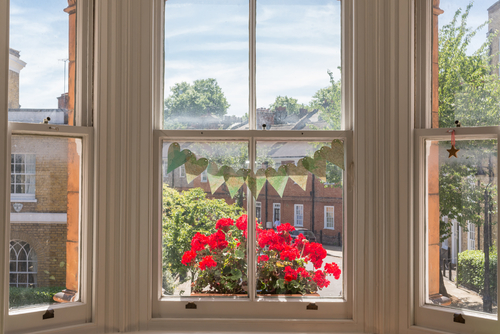
Flashing isn’t glamorous, but it’s crucial. These thin metal or plastic strips channel water away from joints, preventing leaks where materials meet. Poor or missing flashing is a major cause of hidden rot and mold in walls. A home with well-installed flashing indicates attention to detail and a builder who understood moisture management.
This small feature has big consequences. Water infiltration is the silent enemy of durability, and flashing is how pros keep it out. You might not see it behind the trim, but its presence (and proper installation) tells you the builder wasn’t cutting corners. It’s one of those invisible details that make or break long-term performance.
4. Continuous Foundation Footings
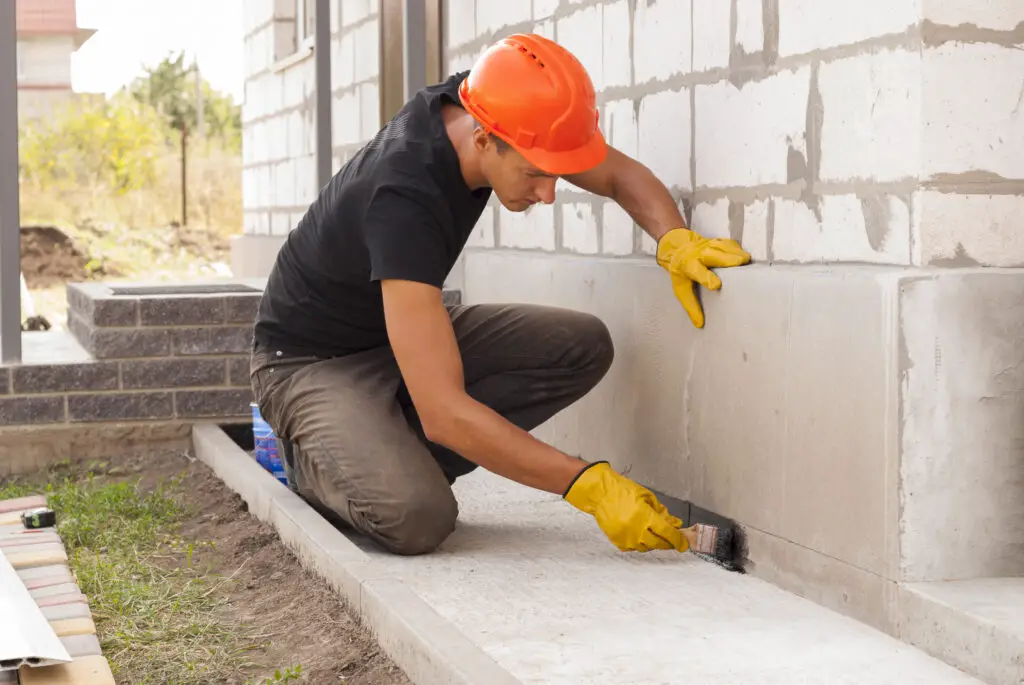
A strong home starts with what’s beneath it—literally. Continuous poured concrete footings distribute weight evenly and resist settling over time. If a home was built with discontinuous or shallow footings, cracks and uneven floors may show up years later. Checking for a uniform, solid foundation is one of the best ways to gauge whether it was built to last.
This detail matters because foundation movement is expensive to fix. Proper footings prevent shifting caused by moisture changes or soil expansion. It’s not something most buyers think to ask about, but inspectors do. A continuous, well-poured footing shows that structural integrity was taken seriously from the start.
5. Quality of the Window Seals
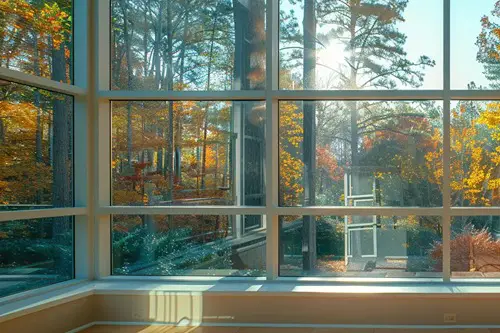
Double- or triple-pane windows with tight seals do more than keep your home warm—they signal precision installation. If seals are already fogging or failing, that can indicate poor quality or shortcuts during construction. A builder who uses reputable window brands and installs them correctly is usually thinking long-term. These details help maintain comfort and prevent energy loss for decades.
Well-sealed windows also guard against moisture intrusion and condensation buildup inside the frame. Over time, failed seals can lead to wood rot or mildew. That’s why builders who care about longevity always prioritize proper sealing and quality materials. It’s an investment in performance that pays off over the years.
6. Properly Sloped Drainage Around the House
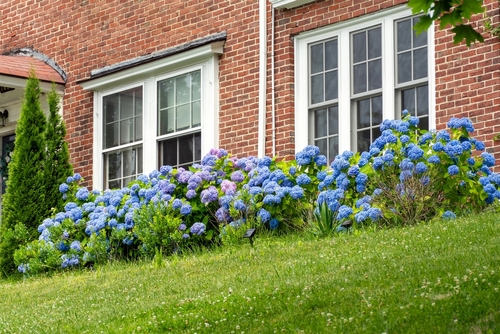
A lasting home sheds water efficiently. If the ground around a house slopes away at least six inches over ten feet, it keeps rainwater from pooling near the foundation. Flat or inward-sloping grades allow moisture to seep in, damaging basements or crawl spaces. It’s a subtle detail, but it has massive implications for longevity.
Good builders plan drainage before the first shovel hits the ground. They ensure runoff moves safely away through grading, gutters, and downspouts. Poor drainage is one of the top causes of long-term structural issues, so attention here speaks volumes. It’s not glamorous, but it’s one of the best indicators of thoughtful construction.
7. Use of Screws Instead of Nails in Key Areas
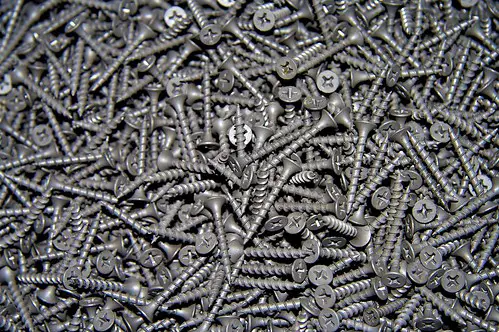
A small difference in fasteners can reveal a lot about a builder’s priorities. Screws provide stronger, longer-lasting connections in subfloors and framing because they resist loosening over time. Nails can pop or shift with wood movement, leading to squeaky floors and drywall cracks. Homes built with screws where it counts often feel more solid years later.
This detail matters because it reflects craftsmanship over convenience. Screws take longer to install, so builders using them likely valued quality over speed. They help preserve the home’s structure through temperature and humidity changes. It’s a simple choice that speaks volumes about long-term thinking.
8. Metal Ductwork Instead of Flex Duct Everywhere
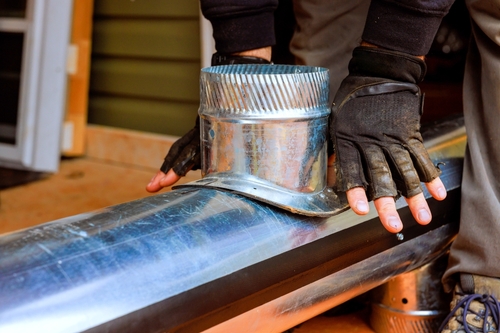
Not all ductwork is created equal. Metal ducts are more durable, easier to clean, and maintain consistent airflow over time. Excessive use of flexible ducting can lead to airflow restrictions and wear down more quickly. If a home has neatly installed metal ducts, it usually means the HVAC system was done right.
This matters because heating and cooling efficiency depends on stable air delivery. Metal ducts don’t sag or tear, so they keep systems running optimally for decades. They also resist mold and dust buildup better than flex ducts. It’s a behind-the-scenes feature that separates quality builds from quick ones.
9. Real Wood Trim and Molding
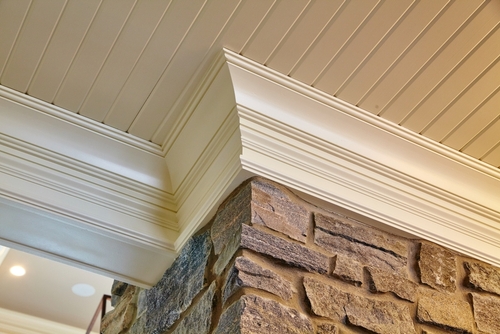
The trim around doors, windows, and baseboards says more than you’d think. Real wood moldings resist damage and can be refinished, unlike MDF or plastic alternatives that swell or chip easily. Over time, solid wood holds up better in both humid and dry climates. Builders who use it are signaling attention to long-term aesthetics and resilience.
This detail matters because trim takes daily abuse—vacuum bumps, scuffs, and moisture. Real wood stands the test of time and can be restored instead of replaced. It also gives a richer, more natural appearance that adds to the home’s character. Choosing solid materials here shows pride in workmanship.
10. Full Plywood Subfloors
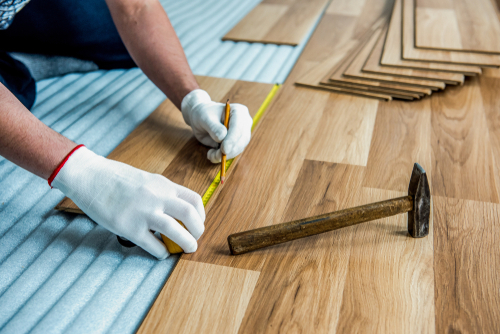
Under your carpet or hardwood, the subfloor tells a story. Homes with ¾-inch plywood subfloors are much quieter and sturdier underfoot than those with particleboard. Plywood resists moisture damage and delamination, maintaining its integrity over decades. It’s a hidden but critical part of long-lasting construction.
This detail matters because flooring is one of the hardest things to repair once the home is built. Plywood provides a solid foundation for future renovations and prevents squeaks. Builders who use it are building for longevity, not just speed. It’s a difference you can literally feel under your feet.
11. Copper Plumbing
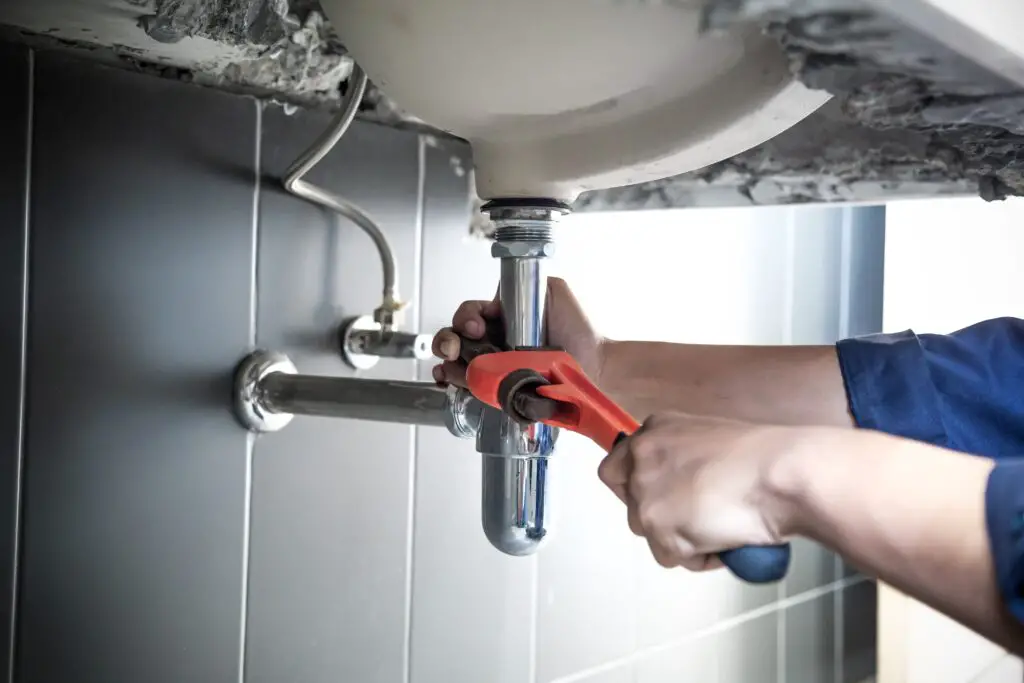
Copper pipes might cost more upfront, but they last significantly longer than cheaper alternatives. They resist corrosion and can handle high pressure and temperature fluctuations. Plastic piping, while common, can degrade or leak over time, especially under UV exposure. Seeing copper in a home’s plumbing system often signals a commitment to durability.
This matters because plumbing failures are costly and disruptive. Copper piping can last fifty years or more with minimal maintenance. It’s also antimicrobial, reducing bacterial buildup in water lines. Choosing copper shows the builder invested in longevity where it counts most—behind the walls.
12. Proper Attic Ventilation
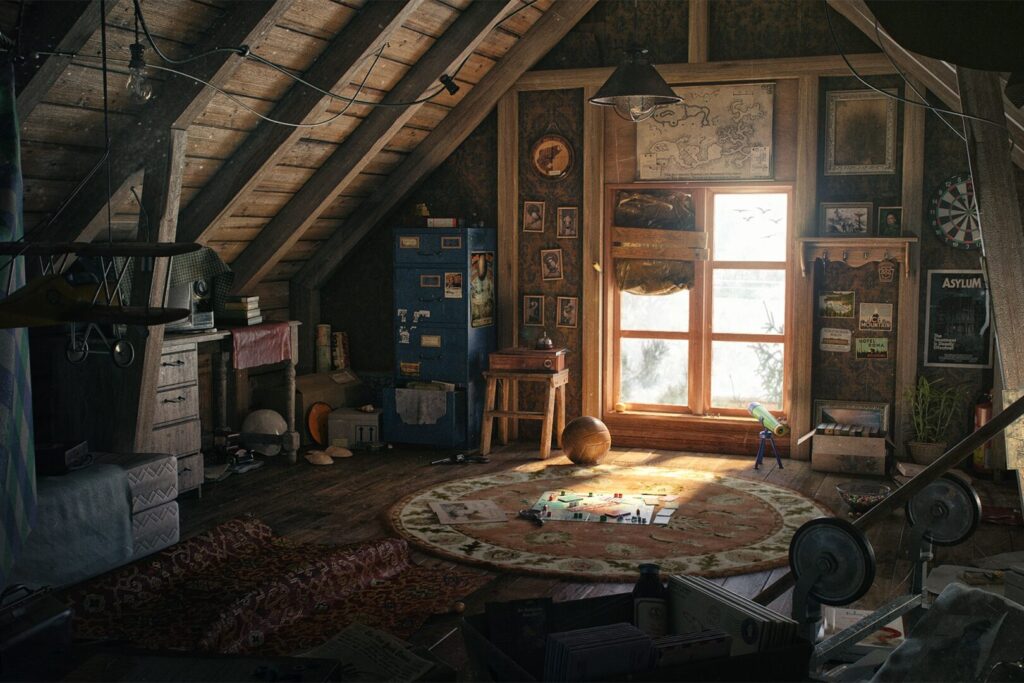
A well-ventilated attic extends the life of the roof and improves energy efficiency. Without airflow, trapped heat and moisture can cause shingles to age prematurely and insulation to degrade. You should see ridge vents, soffit vents, or gable vents—signs that the builder cared about airflow balance. Poor ventilation is a classic shortcut that leads to long-term damage.
This detail matters because it protects both structure and comfort. Moisture buildup can lead to mold or even framing rot over time. Proper ventilation also helps regulate attic temperatures, preventing ice dams in cold climates. It’s one of those invisible systems that quietly keeps the whole house healthier.
13. Sturdy Stair Stringers and Railings
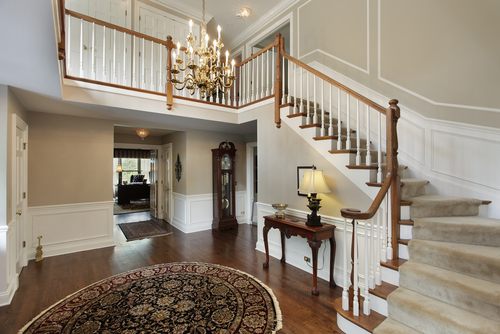
A stairway might seem simple, but it’s a telling detail of craftsmanship. Solid, squeak-free stairs rely on properly sized stringers and secure fastenings. Wobbly railings or hollow treads hint at rushed work or thin materials. A well-built staircase should feel solid and quiet underfoot, even after decades.
This detail matters because stairs bear daily wear and stress. Properly built ones prevent creaking, loosening, and long-term structural issues. Builders who take time to reinforce stairs usually apply the same care elsewhere. It’s a visible, tactile measure of how well a home was assembled.
14. Consistent Caulking and Sealing
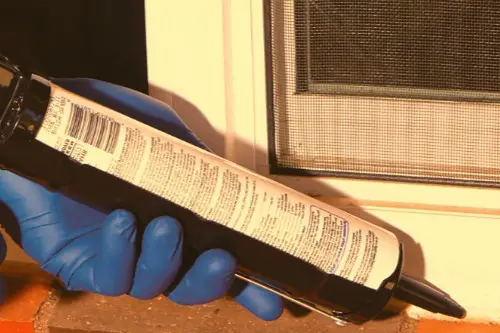
Caulking might not sound impressive, but it’s one of the most overlooked signs of quality. Consistent, clean caulk lines around tubs, windows, and trim show precision and maintenance awareness. Sloppy or missing caulk invites moisture damage and pests. Builders who care about sealing details care about longevity overall.
This matters because small gaps can cause big problems over time. Water intrusion can lead to rot, mold, or insulation damage. Even visually, neat caulking shows a higher standard of workmanship. It’s the finishing touch that quietly protects the home year after year.
This post 14 Small Details That Reveal Whether a Home Was Built to Last was first published on Greenhouse Black.
